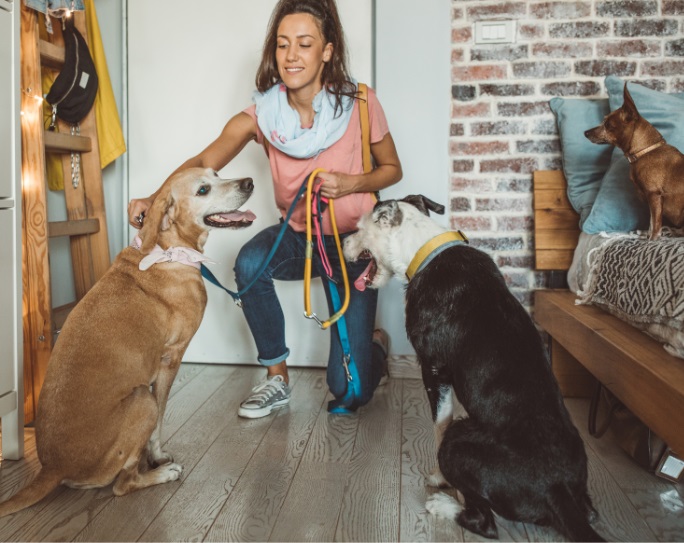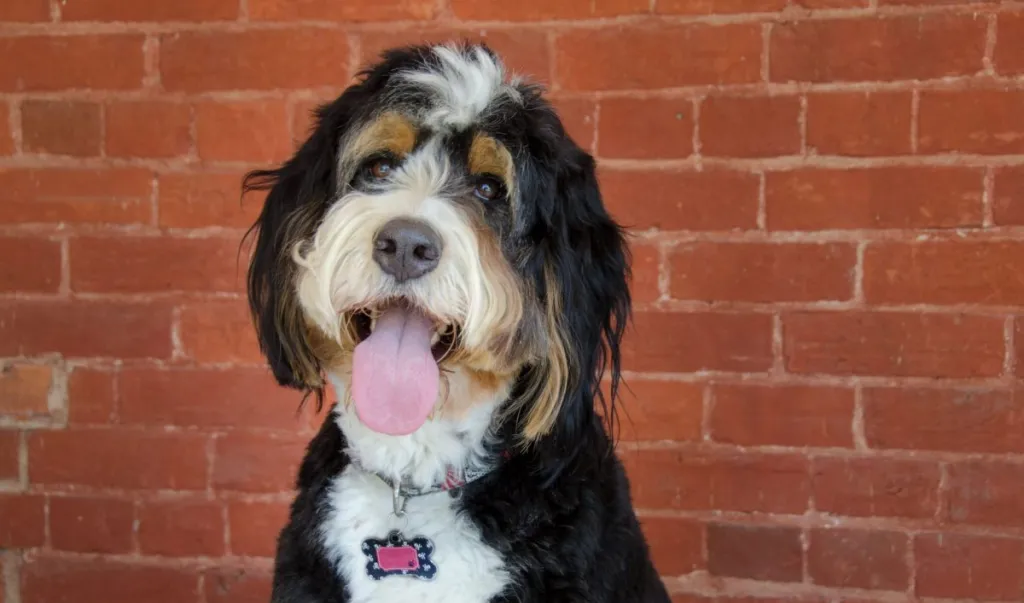Taking on the role of a dog sitter provides a rewarding opportunity to care for a furry friend in the absence of their owners. While showering the dog with affection and attention, it’s equally important to give due consideration to home security and safety with an experienced pet sitter. Safeguarding the dog and ensuring the integrity of the home environment are essential aspects of responsible dog sitting. In this article, we’ll delve into a range of factors to ensure a secure and safe home environment during the dog-sitting period.
Get Acquainted with the Home
Before the dog owners depart, take the time to familiarize yourself with the layout of the residence. This entails understanding the positioning of exits, windows, and any potential security vulnerabilities. Familiarity with the home’s layout empowers you to navigate confidently, particularly during nighttime hours or unforeseen emergencies.
Bolster Entrances and Exits
Guaranteeing that all entrances and exits are properly secured is of utmost importance. This encompasses doors, windows, and any pet doors. Additionally, confirm that gates and fences in outdoor areas are adequately locked to prevent the dog from wandering off and to uphold a safe atmosphere.
Establish a Comfortable Routine
Dogs thrive when their routines are consistent, and adhering to their established schedule contributes to their sense of security. Maintain regular feeding times, uphold their walking regimen, and sustain their play and rest routines. A predictable routine minimizes anxiety and creates a reassuring environment for the dog.
Monitor Outdoor Activities
When the dog is outdoors, supervise their movements to ensure their safety. Use a leash if needed, and avoid leaving them unsupervised in the yard, particularly if potential hazards like pools or chemicals are present. For unfamiliar areas, always keep the dog on a leash during walks to avert any chances of them becoming lost.

Shield Against Hazards
Exercise caution with regard to potential dangers within the home environment. Store cleaning products, chemicals, medications, and any substances that may be harmful to the dog out of their reach. Moreover, secure electrical cords to prevent the dog from chewing on them.
Provide a Secure Retreat
Designate a secure area where the dog can seek refuge if they become anxious or overwhelmed. This haven could encompass a cozy corner with their bed and playthings. Ensure that this secure space is easily accessible and devoid of potential risks.
Emergency Contact Information
Maintain a list of emergency contact numbers, encompassing the dog owners’ contact details, nearby veterinary facilities, and the contact information of a trusted neighbor. Having this information readily accessible ensures prompt action in the event of any unforeseen emergencies.
Refrain from Sharing Food
While the temptation to share your meals with the dog may arise, it’s important to refrain from offering them human food, particularly items that could be toxic to dogs. Adhere to the dog’s established diet to avert digestive issues or health complications.
Mitigate Separation Anxiety
Certain dogs may experience separation anxiety when their owners are away. To mitigate this, invest quality time engaging with the dog, participating in play, and offering comfort. Minimize abrupt departures or arrivals, as these can trigger feelings of unease.
Regularly Inspect Fencing and Gates
For dogs with access to outdoor spaces, regularly assess the security of fences and gates. Dogs are resourceful in their attempts to escape, so it’s crucial to eliminate any potential avenues for them to venture off.
Safeguard Valuables
In instances where the home houses valuable items or sensitive documents, make certain that they are securely stored. This not only deters potential theft but also upholds the general security of the premises.
Exercise Caution with Visitors
During your tenure as a dog sitter, exercise discretion when permitting unfamiliar individuals into the residence. Exercise caution in granting access to repair professionals or service providers without prior communication with the dog owners.
Limit Exposure To Noise
Dogs are sensitive to loud noises, which can provoke feelings of stress or anxiety. Maintain an environment with controlled noise levels, and shield the dog from loud music, construction noises, or other disruptive auditory stimuli.
Uphold Cleanliness
Preserving cleanliness within the home is not only conducive to hygiene but also contributes to the dog’s safety. Promptly address spills to prevent accidents, and ensure that floors are devoid of objects that could pose tripping hazards.
Maintain Emergency Preparedness
Familiarize yourself with the location of fire extinguishers, first aid kits, and emergency supplies within the residence. Preparedness for unforeseen circumstances equips you to take swift action when necessary.
Conclusion
Being a responsible dog sitter entails prioritizing both home security and safety to ensure the dog’s well-being and the safeguarding of the premises. By acquainting yourself with the layout of the home, reinforcing entrances and exits, establishing a routine, and exercising caution in the presence of potential hazards, you cultivate a secure and nurturing environment for the dog. Keep lines of communication open with the dog owners and maintain ready access to emergency contact information. With these considerations in mind, you can guarantee a positive and secure experience as a pet sitter, benefiting both you and your canine companion.




